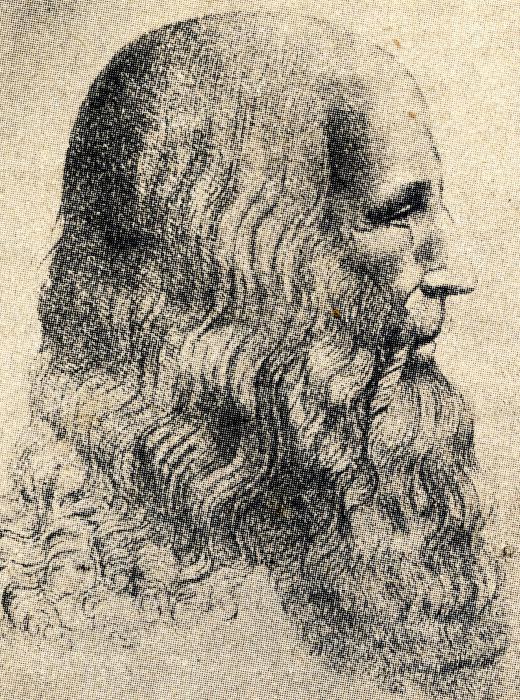What is Ecorche?
 Mary McMahon
Mary McMahon
An ecorche or “flayed figure” is a painted, drawn, or sculpted human figure depicted with the skin stripped away, exposing the underlying musculature. Medical texts may use ecorches for illustration so that students can clearly visualize the structures they are studying, but ecorches are most commonly used as references by artists. In some cases, they are also works of fine art in and of themselves, although they can be a bit macabre.
The ecorche appears to date to around the 1400s, when several artists including Leonardo da Vinci started making such figures. Taboos against dissection often made it difficult to access human bodies, whether one was an artist wanting to create more accurate work or a medical student who wanted to learn about the body. da Vinci, along with many other artists, felt that it was important to understand the underlying architecture of the human body when depicting it in artwork, and ecorches assisted artists with this task.

An ecorche can be a relatively simple sketch, a more detailed painting, or a sculpture. Sculptures can be very useful as artistic references because they are three dimensional, allowing students to see a realistic example of the structures of interest. Some ecorche models are made from casts of dissected human bodies, while others are built by hand by detail-oriented sculptors. The entire piece may be an ecorche, or the work may have some areas which are covered in skin, allowing students to see the muscles on one side and the same muscles covered in skin on the other. Ecorches may also include representations of the skeleton.
The flayed layers in an ecorche can vary radically in depth. Some expose only the surface muscles, while others are more deeply dissected, showing the underlying muscles and points of attachment. The human body has a tremendous number of muscles which interconnect in a very complex system, and a relatively small area like the arm can yield hours of study for a patient student. Ecorches of other species can be prepared as well, which can be useful for artists who like to draw portraits or make sculptures of animals such as horses and dogs.
Historically, many art schools held ecorche classes for their students, allowing their students to work with an ecorche model to improve their knowledge of human anatomy. Although this practice is less common today, some art schools continue to offer it, and students can also take advantage of ecorches on display in museums, art galleries, and the archives of some art schools.
AS FEATURED ON:
AS FEATURED ON:











Discuss this Article
Post your comments